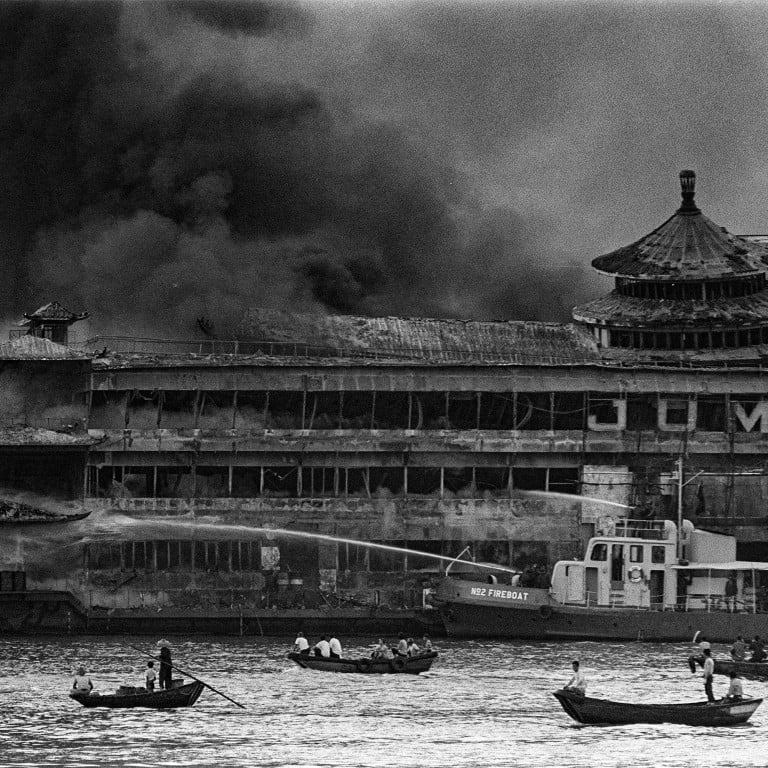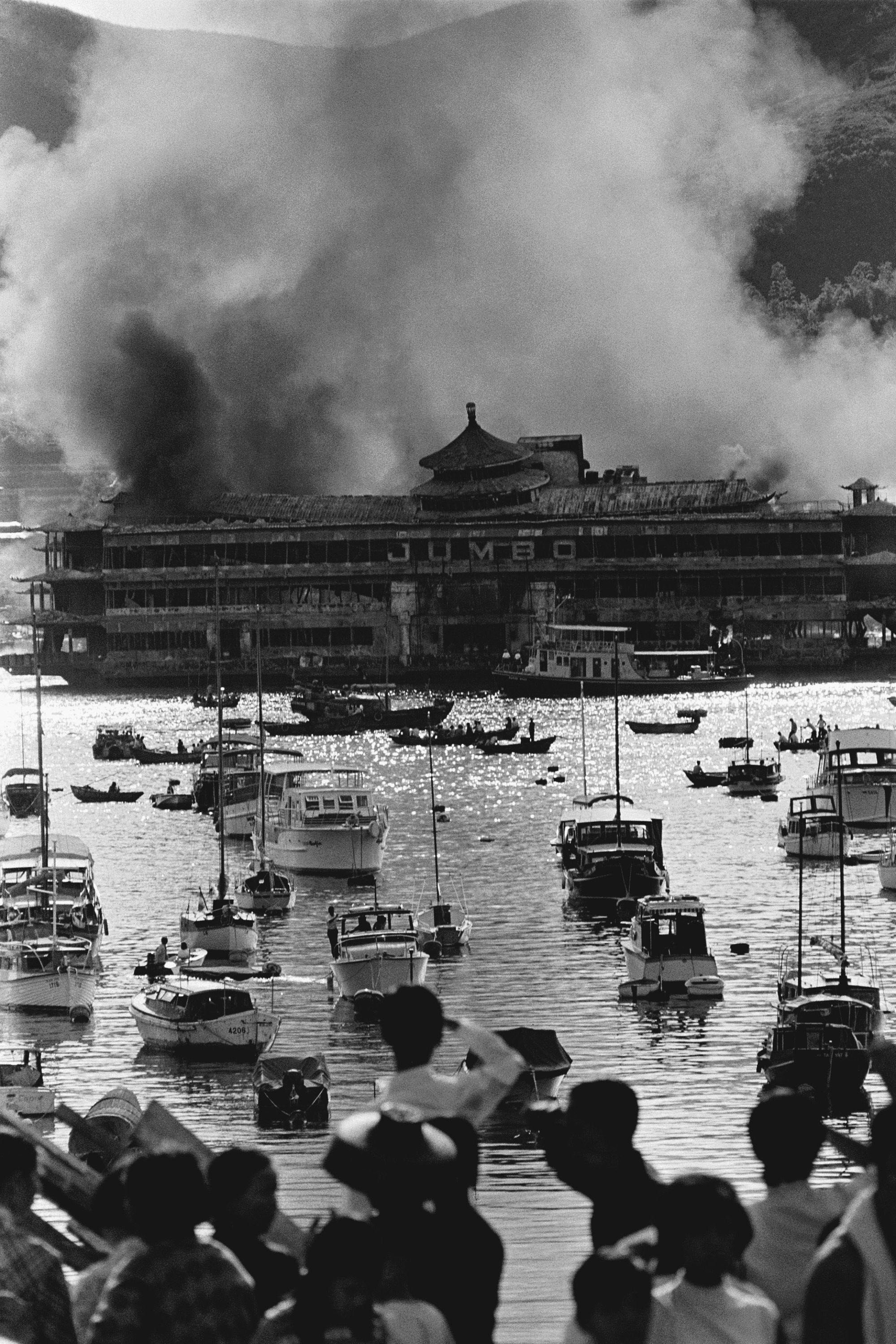
Looking back at some of Hong Kong’s deadliest blazes in recent decades
- Five people died and 43 were injured in fire that broke out on Wednesday morning at 16-storey New Lucky House in Kowloon
- Here, the Post looks back at some of the most destructive fires over the past decades
Chief Executive John Lee Ka-chiu said the government would make the investigation into the cause of the blaze a priority and expressed his deepest condolences to the victims’ families.
Here, the Post takes a look back at some of the biggest fires in the city’s recent history.
2016: Amoycan Industrial Centre

Two firefighters died in an inferno that engulfed the Amoycan Industrial Centre in a densely packed neighbourhood in Ngau Tau Kok on June 21.
The blaze burned for more than 100 hours, making it the longest-running fire in more than 20 years.
The fire began in a mini-storage facility that occupied several floors of the building.
Industrial buildings completed before 1973 were not required to be fitted with automatic sprinkler systems. In the Ngau Tau Kok fire, the eight-storey building did not have sprinklers installed because it was completed in 1961.
A major obstacle for firefighters was the layout of 200 mini-cubicles inside the facility, each of them separated by metal sheets, and storing unknown goods.
2011: Fa Yuen Street

A connection problem with an electrical cable used at a hawker’s stall in Mong Kok triggered the deadliest fire in Hong Kong in 15 years on November 30, as the inferno tore through two adjoining eight-storey buildings at 192 and 194 Fa Yuen Street, leaving nine dead, 34 injured and 118 people homeless.
Forty-four fire engines and 210 firefighters were sent to tackle the blaze, with 26 ambulances called.
The danger was compounded by a lack of access to rear staircases in two buildings behind the market because flats had been subdivided.
1997: Top One Karaoke

A fire at Top One Karaoke in Tsim Sha Tsui killed 17 people and injured 15 on January 25. A criminal trial found the arson was the result of a petty dispute between the Wo Shing Wo and Sun Yee On triad groups. The fire led to an overall review of fire safety at entertainment venues across the city.
The man responsible for the attack, Choi Kam-fai, was captured in 2009 after almost 12 years on the run. The 35-year-old was found guilty by a Court of First Instance jury on two counts of murder – one for 15 people who died in the attack and one for two who died two days later. He was sentenced to two life terms.
1996: Garley Building

A blaze on November 20 that raged for 21 hours at Garley Building on Nathan Road in Jordan claimed 41 lives, including a firefighter, and injured 81.
The fire started when a piece of hot metal fell from the thirteenth floor to the second, but as ongoing welding work had routinely triggered alarms, no one paid attention at first. Sparks and molten metal started the blaze in the lobby on the second-floor where combustible materials, such as newspaper and wood, were stacked.
1971: Jumbo Floating Restaurant

The Jumbo Floating Restaurant was engulfed in flames on October 30 before its scheduled opening, killing 34 workers. Hundreds of people leapt from the pagoda-shaped towers to escape. The four-deck palatial establishment was reduced to a charred hulk.
Sparks from a welding machine were the cause of the fire. Six small fires had broken out in the same part of the vessel in days leading up to the disaster as contractors raced to meet the restaurant’s opening date. The restaurant was rebuilt and opened in 1976.
1962: Un Chau Street

Up to 44 people died and 20 others were injured in a fire that broke out at 488 Un Chau Street in Sham Shui Po on August 1. The cause of the blaze was unknown, but fire services said it began among a considerable quantity of joss-sticks, paper and the various raw materials used in their manufacture. The fire was further aggravated by a quantity of fireworks stored at the premises.
The fire left 115 families comprising 386 people homeless. Many slept in the covered playground of a nearby school, where they were fed two hot meals a day.
1953: Shek Kip Mei shanty town

On Christmas night, massive fires swept through a squatter camp at Shek Kip Mei in the heart of Kowloon after a bucket of rubber was knocked onto a kerosene stove inside a squatter hut.
Strong winds acted as a bellows and flames jumped from hut to hut. People ran, clutching belongings, with the entire fire service, its auxiliaries, troops and police deployed to fight the blaze.
By Boxing Day, the settlement was reduced to charred swathes of smouldering rubble. Two people died and 53,000 survivors lost their homes and all their possessions. Hong Kong launched its public housing programme in the aftermath.

